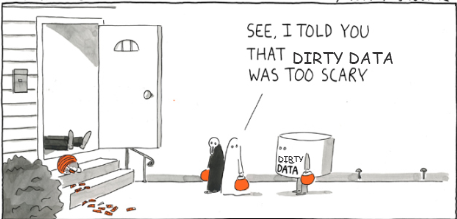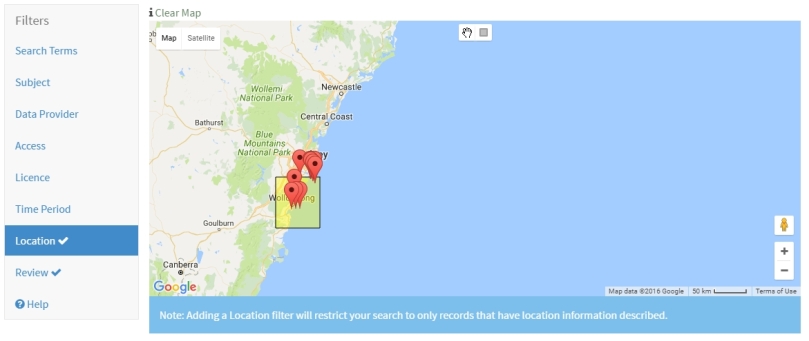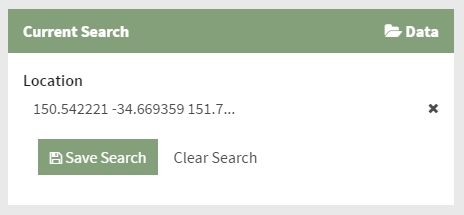
Woohoo, I made it!
I had a lot of fun going through the program, and learned a lot about research data that I can apply to my work and share with my colleagues.
My favourites were anything to do with metadata. I also had a good opportunity for reflection and discussion being part of the catch-up webinar in June. I’ve already reflected in my blog on this.
I also used pages on the ANDS website, and other resources linked to in the “things”, throughout my uni subject this semester on research data management. So the program has been immediately helpful for that. I’m also going to plug the program to my colleagues.
I’ll be keeping an eye out for more opportunities to do fun data stuff, especially getting into some of the technical skills that I didn’t do the first time around.
Peace out.
1010101010101010101


